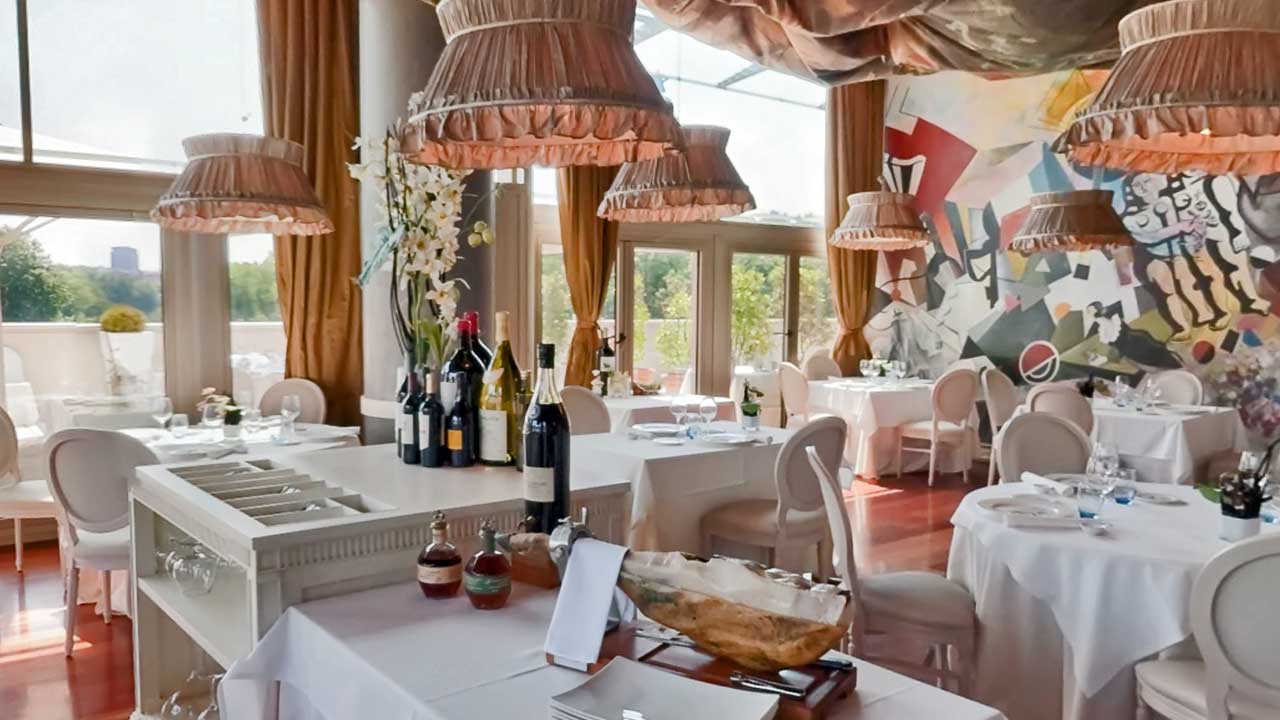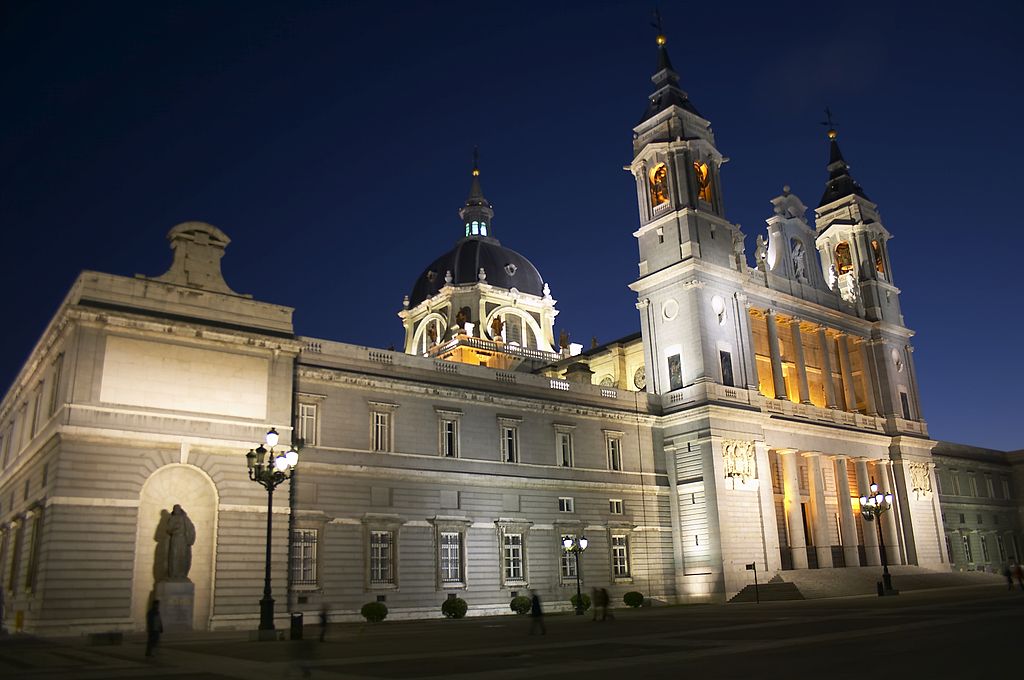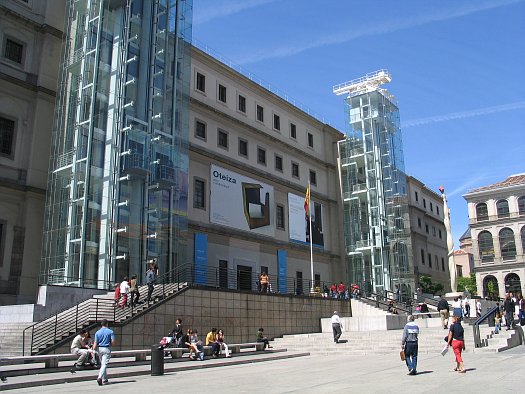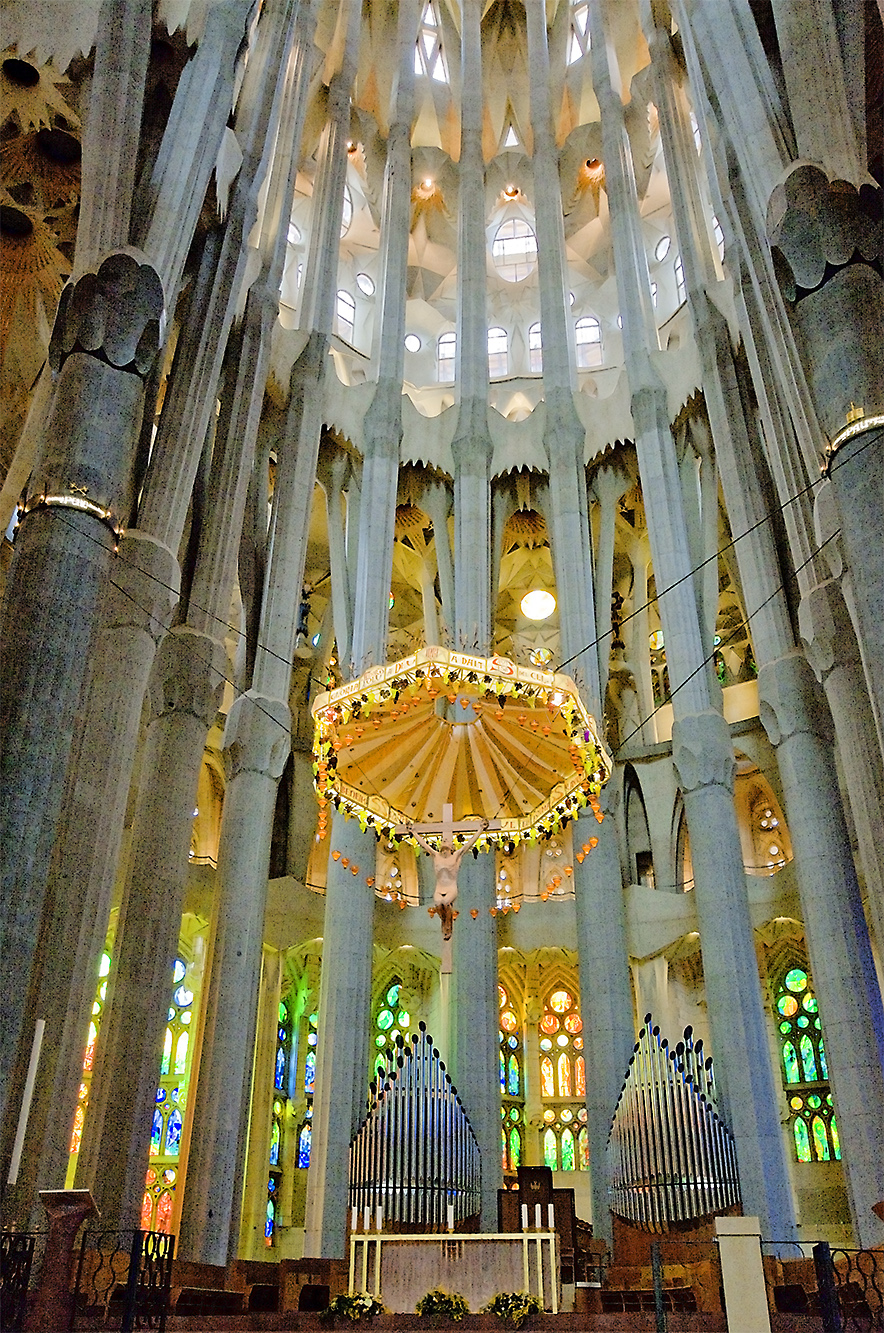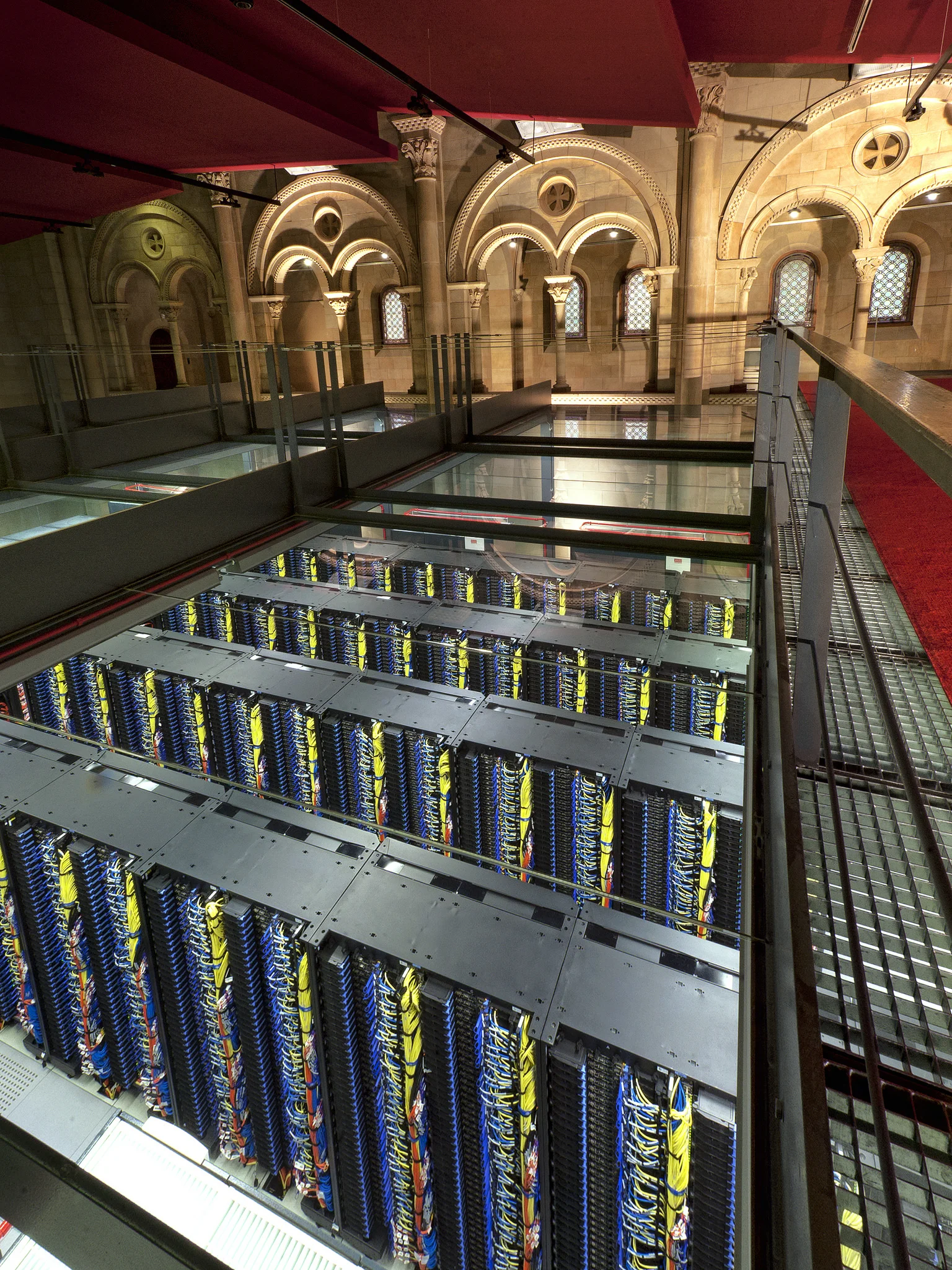Follow Robert Langdon’s itinerary, from Bilbao to Barcelona, with stopovers in Madrid and Seville.
The whimsical Park Guëll in Barcelona is just one stop on an Origin-inspired itinerary of Spanish sights
You can always count on Dan Brown to serve up a whirlwind tour of a European country in his edge-of-your-seat thrillers. He’s got a formula: Robert Langdon, symbologist stud, and some attractive female companion follow a frenzied trail of clues, narrowly escaping death at every stop. What I like best about a Brown novel is that you’ll learn about religious history, conspiracy theories, art, architecture and technology along the way.
While The Da Vinci Code had Langdon darting from one Parisian landmark to another, Brown’s latest work, Origin, offers a tour of Spain, from Bilbao to Barcelona.
“It wouldn’t be a Dan Brown novel without learning about a surprising but real-life controversial religious order.”
Here are the main sites Langdon visits in his frenzied night trying to discover nothing less than the origin of our species — and what’s next in our evolution.
Bilbao
Guggenheim Museum Bilbao
The story kicks off at this famous museum, designed by Frank Gehry in his signature style, consisting of massive, curving metallic strips. The Guggenheim Bilbao opened in 1997 and has helped draw tourists to what was a fading industrial port city.
Brown mentions a few of the museum’s more interesting artworks, including:
La Salve Bridge, constructed in the early 1970s, now leads right to the Guggenheim. For the museum’s 10th anniversary, the bridge got an additional adornment, l’Arc Rouge (the Red Arch) by French artist Daniel Buren.
Maman, a creepy metal spider sculpture by Louise Bourgeois that’s about 30 feet tall. The name means Mom, and the piece, built in 1999, is a (questionable) tribute to Bourgeois’ mother, who was a weaver.
The Matter of Time, a massive spiraling, interactive sculpture that takes up an entire corridor at the Guggenheim. The immersive artwork by Richard Serra was created between 1994-2005.
Yves Klein Exhibition, a tribute to yet another French artist. The enormous rectangle painted on the floor resembles an intense cobalt blue swimming pool. The artist patented the color, International Klein Blue, stating that it represents the cosmic energy that floats in the air.
Etxanobe
While you’re in Bilbao, enjoy a dinner at this Michelin-starred restaurant. The glass dining room has tufted light fixtures and a fabric-covered ceiling, hidden away in the Palacio Euskalduna. The food at Etxanobe is the star of the show, prepared by Fernando Canales, a local hotshot chef. It looks as if it’s one of those modern restaurants where you get served large plates that hold small, gloopy food prepared with the most recent gastronomic techniques and decorated with artistic splashes. Most people seem to recommend the chef’s tasting menu.
Madrid
Royal Palace
Much of the intrigue in Origin takes place in the Palacio Real de Madrid. Once the site of a fortress built to protect the Muslim rulers from invading Christians, the palace that stands today was begun in 1738 and took 17 years to complete. That’s no surprise, given that there are more than 3,000 rooms inside, including the Royal Armoury and the Painting Gallery, in which Salome With the Head of John the Baptist by Caravaggio hangs.
Almudena Cathedral
Adjacent to the Royal Palace, this religious institution is dedicated to the Virgin of Almudena, a medieval icon that serves as the patroness of Madrid. Like many European cathedrals, construction of the Santa Iglesia Catedral de Santa María la Real de la Almudena (phew!) came in fits and starts. While it began in 1879, it wasn’t fully completed until 1993!
Reina Sofía Museum of Modern Art
The building that houses the Museo Nacional Centro de Arte Reina Sofía, which opened in 1986, first served as the San Carlos Hospital.
Here are some of the famous works Brown calls out:
Guernica by Picasso is, undoubtedly, the star of the museum. A 1937 Cubist masterpiece in shades of gray, the mural was a reaction to the Nazis’ bombing practice on the Basque town of Guernica during the Spanish Civil War.
La Verbena, or The Fair, by Maruja Mallo, painted in 1927, is a riot of color and activity. There’s almost a movement to the painting, with sailors, a test-your-strength game, a cyclops in a headdress, a deformed beggar and what might be a magician about to cut a woman in half, all tucked into various nooks.
El Escorial
Built from 1563-1584, the Royal Site of San Lorenzo de El Escorial is said to be the most important architectural monument of the Spanish Renaissance. King Philip II wanted the building to be a place to bury his father, Charles V, as well as a monastery and palace. The complex is 28 miles northwest of Madrid. Be sure to visit the Pantheon of the Kings, where 28 kings and queens of Spain are entombed.
Valley of the Fallen
Near El Escorial is el Valle de los Caídosa, a controversial memorial commissioned by General Francisco Franco, the dictator of an authoritarian regime that lasted for 36 years. A massive cross sits atop a basilica and crypt that have been carved into the mountainside. The site honors those who died in the Spanish Civil War and contains the tomb of Franco himself.
Seville
Palmarian Catholic Church
It wouldn’t be a Brown novel without learning about a surprising but real-life controversial religious order. The Christian Palmarian Church of the Carmelites of the Holy Face (Iglesia Católica Palmariana) in El Palmar de Troya, 28 miles south of Seville, is so crazy, you’d think Brown made it up. But this far-right cult actually has declared its own pope dedicated to undermining the reforms of Pope Francis and worshippers pray to a host of new saints, including, shudder, Adolf Hitler.
Barcelona
Park Güell
Barcelona is one of my favorite cities — in a large part because of Antoni Gaudí’s whimsical genius. His colorful aesthetic is on display in Park Güell, a large public space at the north end of the city. Mosaics decorate this park, including the winding benches on a large terrace overlook, where it’s as fun to admire the view of Barcelona spreading out before you as it is to people-watch.
La Sagrada Família
I can say with confidence that you’ve never seen a church like this before. The façade evokes a towering sandcastle, while the interior features sprawling treelike columns dappled in rainbow hues as sunlight hits the stained glass windows. La Basílica i Temple Expiatori de la Sagrada Família is so otherworldly, I felt as if I were inside a spaceship. Oh, and it’s still being built.
Casa Milà
It’s hard to miss Casa Milà, known as La Pedrera, or the Stone Quarry: Its undulating pale façade is what gave the building its nickname. The apartment complex, designed by Guadí, was built between 1906-1912 and now houses a museum highlighting the architect’s work on its top floor. Be sure to visit the rooftop, dotted with giant chimneys shaped like the helmets of soldiers.
Barcelona Supercomputing Center
Leave it to Brown to weave quirky sites like this into his stories. The Centro Nacional de Supercomputación is indeed a research facility housed in the former Chapel Torre Girona. Its star supercomputer, MareNostrum, consists of neat rows of metallic towers encased in a glass box that fills the interior of the sanctuary.
As you work your way through this itinerary, following in Langdon’s footsteps, here’s hoping there’s not a murderous former naval admiral on your heels. –Wally







